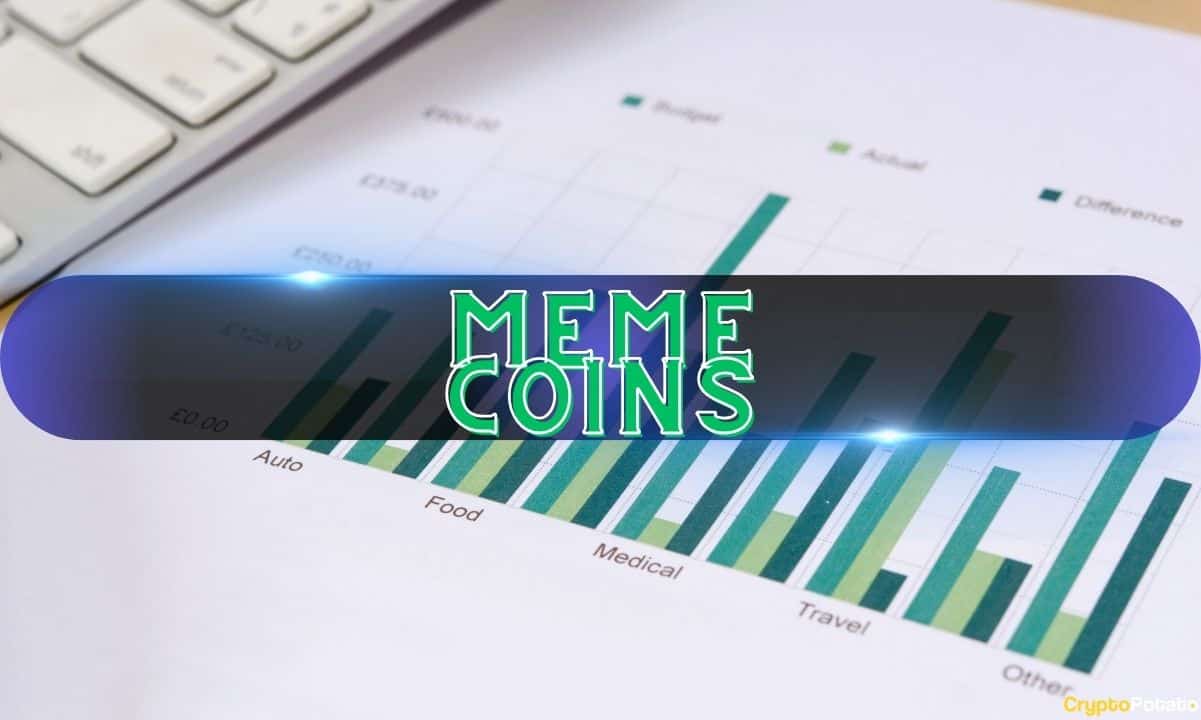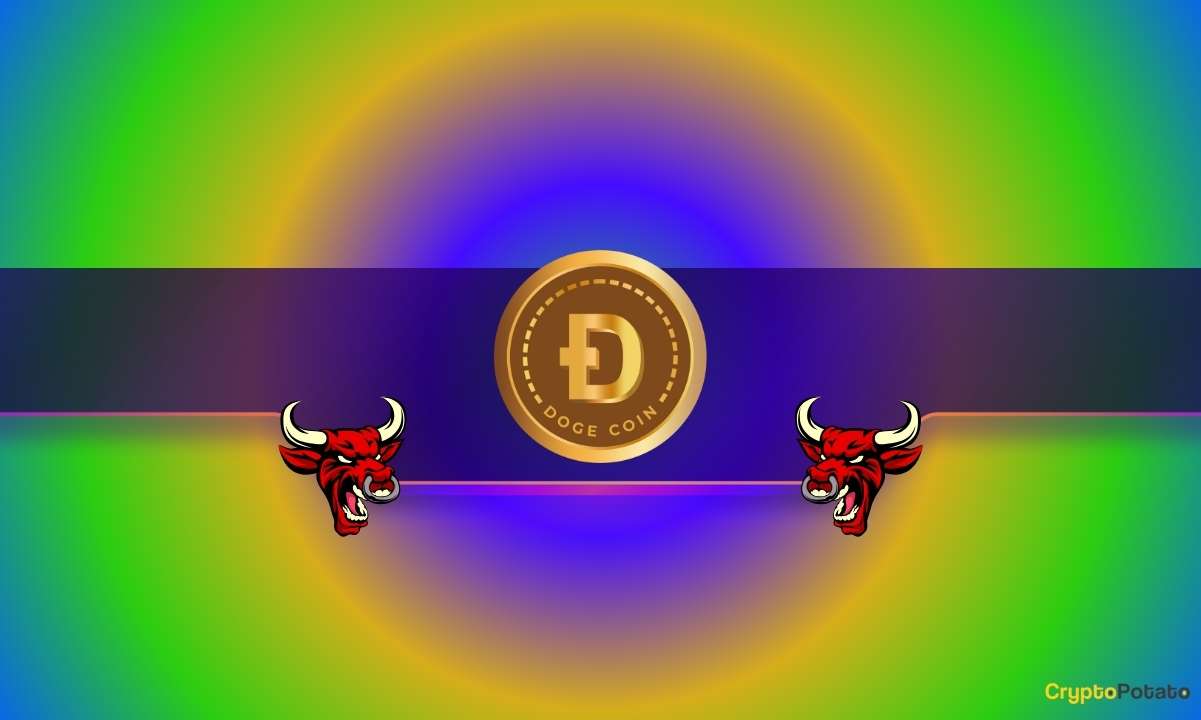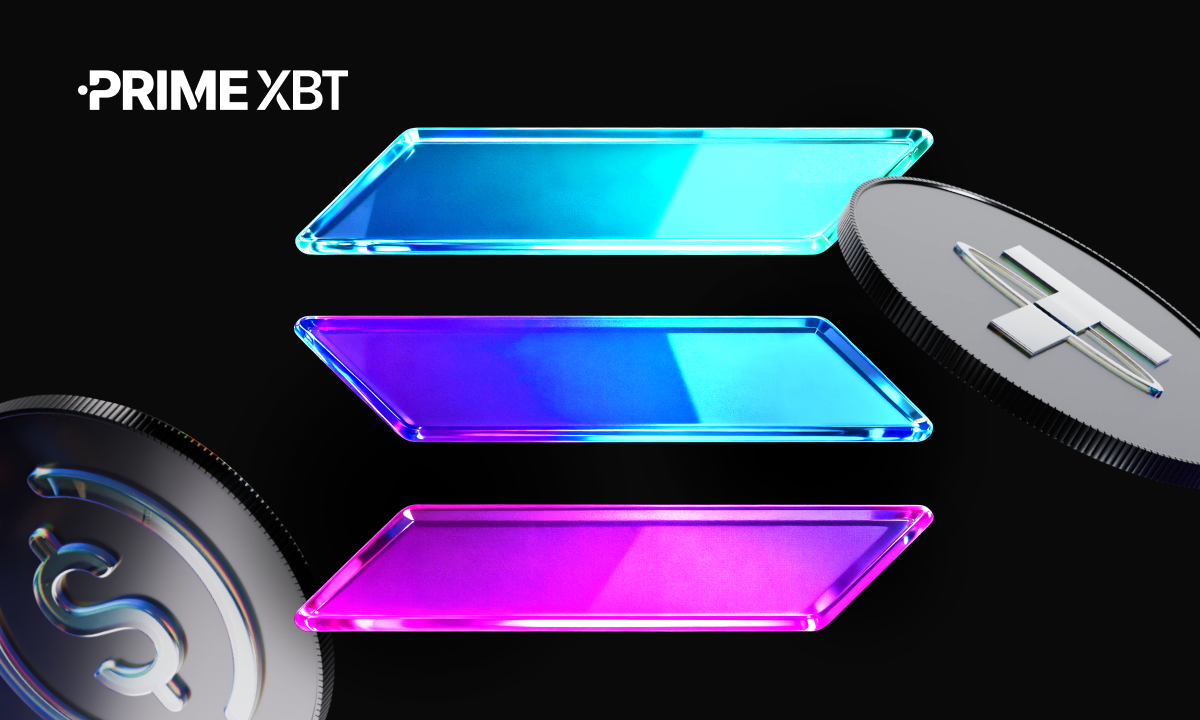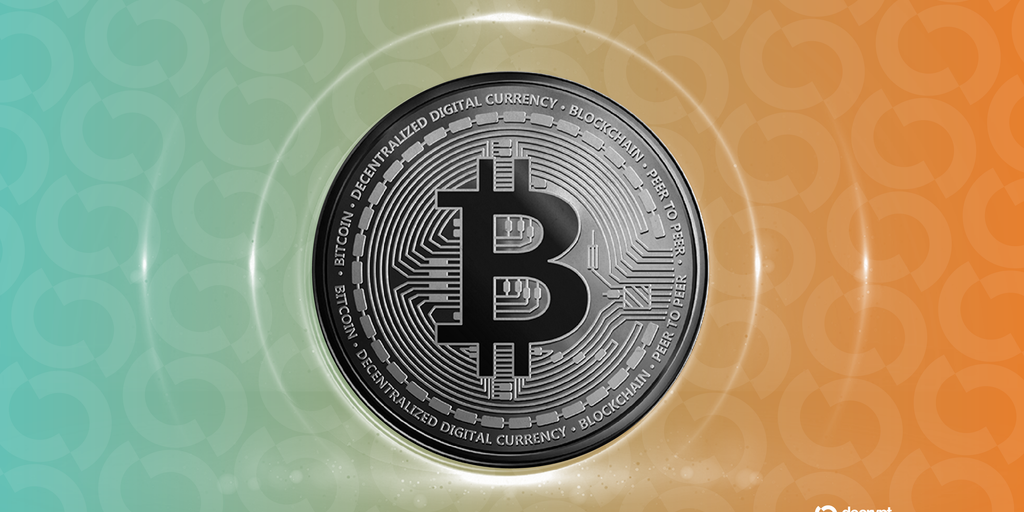The Meme Coin Sector: A Reflection of Human Psychology
Archetypes of the Collective Unconscious
The meme coin sector is growing rapidly, with thousands of tokens released daily. While many market experts have criticized the industry and its lack of utility, some others believe the sector is not entirely useless. One of them is Ki Young Ju, founder and CEO of the market analytics platform CryptoQuant. Ju [1] states that meme coins are "archetypes of the collective unconscious."
According to the Swiss psychiatrist Carl Jung, who developed the collective unconscious theory, universal, primordial images and patterns of thoughts exist within the shared unconscious mind of all humanity. These thoughts and images are considered archetypes and manifest in myths, dreams, and cultural symbols. They represent the fundamental aspects of the human experience and influence their behavior and perception of the world.
In other words, archetypes are patterns of thought that strive for realization within a human environment. Hence, the process of actualizing these thoughts influences the development of an individual’s unique identity and guides their journey of self-discovery and transformation.
Jung’s theory classifies archetypes of the collective unconscious into four main groups: self, persona, shadow, and anima/animus. Going by the classification, Ju believes animal meme coins reflect shamanism, a spiritual practice involving interacting with spirits through altered states of consciousness. Shamans revere animals and venerate them as spirit messengers and guides.
Meme Coins vs. Art Markets
There are a lot of animal-themed meme coins, including Dogecoin (DOGE), Shiba Inu (SHIB), Bonk (BONK), Floki (FLOKI), and dogwifhat (WIF). Likewise, the market has seen a surge in the launch of celebrity meme coins like Official Trump (TRUMP), Mother Iggy (MOTHER), Official Melania Meme (MELANIA), Jason Derulo (JASON), Timeless Davido (DAVIDO), and Caitlyn Jenner (JENNER).
Ju pointed out that human evolution has been driven by shared beliefs that encompass worshiping, forming groups, and collaborating, and that meme coins are an outcome of such developments. Therefore, people who thrive as entrepreneurs in the crypto industry are those who can create something people believe in.
Conclusion
In conclusion, the meme coin sector is not just a fleeting phenomenon but a reflection of human psychology. By understanding the archetypes of the collective unconscious, we can better comprehend the driving forces behind the rise of meme coins. As Ki Young Ju aptly puts it, meme coins are "archetypes of the collective unconscious."
FAQs
Q: What are archetypes of the collective unconscious?
A: Archetypes are patterns of thought that strive for realization within a human environment. They represent the fundamental aspects of the human experience and influence behavior and perception of the world.
Q: What are the four main groups of archetypes of the collective unconscious?
A: According to Jung’s theory, the four main groups of archetypes are self, persona, shadow, and anima/animus.
Q: How do animal meme coins reflect shamanism?
A: Animal meme coins reflect shamanism, a spiritual practice involving interacting with spirits through altered states of consciousness. Shamans revere animals and venerate them as spirit messengers and guides.
Q: How do celebrity meme coins reflect higher religions?
A: Celebrity meme coins reflect higher religions that revere humans.
Q: What is the connection between meme coins and art markets?
A: According to Ju, the value of both meme coins and art markets is assessed through narrative.








